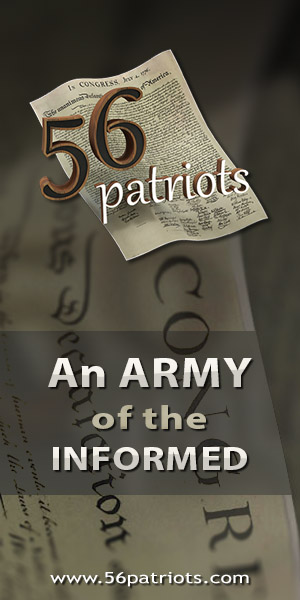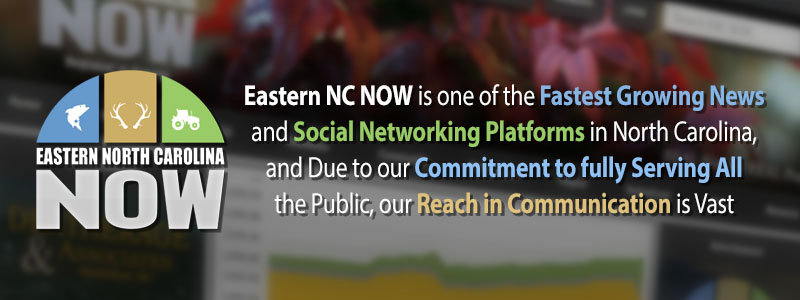Publisher's note: The article below appeared in John Hood's daily column in his publication, the Carolina Journal, which, because of Author / Publisher Hood, is inextricably linked to the John Locke Foundation.
RALEIGH State and local government in North Carolina is a massive enterprise that spends tens of billions of tax dollars a year and employs hundreds of thousands of people, either directly as public employees or indirectly as vendors or contractors.
But what does North Carolina government actually do? And how have its major services and obligations changed over time? Since even the governor of North Carolina seems unable to answer these questions correctly, there is clearly a need to assemble and distribute useful information so North Carolinians can better evaluate the state's policy choices - both the ones made in the past as well as the ones facing our state today.
As part of a forthcoming book
on how to get North Carolina's economy moving again, I've been updating and broadening a previous analysis of trends in state and local government finance. I look at 30 years of data, including revenues from all sources and spending on all programs. If you confine your attention only to the General Fund, for example, you miss
the majority of spending in North Carolina's state budget.
And if you ignore county and municipal budgets, you further understate total spending and also make it impossible to compare North Carolina's fiscal policies to those of other states where the distribution of state and local responsibilities may differ. In some states, for example, schoolteachers are classified as local employees and paid primarily with local property taxes. In other states, they are state employees paid primarily with state sales or income taxes. Also, some states (such as North Carolina) build and pay for roads almost entirely at the state level. Others have extensive road systems controlled and funded by counties. To conduct meaningful comparisons, in other words, you have to combine state and local.
Let's begin with the long-term trends:
Over the past 30 years, North Carolina's state budget has grown by about 140 percent after adjusting for population growth and inflation (I use the gross domestic product deflator, the broadest possible measure of price changes). The General Fund has grown, too, but at less than half the rate - about 60 percent in real, per-capita terms from FY 1981-82 to FY 2011-12.
If we broaden our scope to include local budgets, North Carolina governments as a whole increased their spending by about 120 percent in real, per-capita terms from 1982 to 2009 (comprehensive data on local spending lags a few years behind). Our rate of spending growth during the period was higher than the national average of 99 percent.
The share of North Carolina state and local spending devoted to education dropped from 42 percent in 1982 to 34 percent in 2009. The share devoted to highways dropped, as well, while the share devoted to police, prisons, and the judicial system stayed roughly flat. What went up? Spending on Medicaid and other welfare programs - from 21 percent of state and local budgets in 1982 to 31 percent in 2009.
State and local revenues rose during the same period, but not as much as spending did. Average state and local taxes went up 80 percent after adjusting for inflation and population, while North Carolina's total own-source revenues - taxes plus fees, utility charges, and other receipts - roughly doubled. How could North Carolina spending rise faster than own-source revenue? Because our governments have become increasingly dependent on federal money, much of its borrowed. (So much for the notion that North Carolina is required to balance its budget -
the rules don't apply to federal debt for state use.)
The trend lines look different if you examine the shorter trend of just the past 10 years, which includes a mild recession in the early 2000s as well as the Great Recession. North Carolina's total state budget rose 34 percent from 2002 to 2012 in real terms, but the General Fund is actually five percent lower after adjusting for population and inflation. If you factor in local budgets, North Carolina's total government spending is up about 11 percent in real terms.
Looking across the states, North Carolina spends less of its income than the average state does on K-12 education, highways, and public safety. We have higher-than-average spending on higher education, Medicaid, and welfare.
Overall, North Carolina revenues and expenditures are slightly below the national average. When it comes to taxes as a percentage of personal income, North Carolina is slightly above the national average and ranks 16th highest in the country.
Generally speaking, if you hear extreme claims about government finance in North Carolina, you would be well advised toward skepticism. We are neither a tax haven nor a tax hell. North Carolina's biggest tax problem is not the sheer amount of tax collected but the fact that our governments have becoming increasingly reliant on high marginal tax rates applied to narrow tax bases, a practice which is both unfair and harmful to economic growth.
And contrary to what Gov. Perdue
continues to claim, the 2011-12 education budget enacted by the Republican legislature differed only modestly from her own proposal. North Carolina will spend about $8,406 per student on public school operations this year (adding in capital cost would take the figure above $9,000). That's somewhat lower than the past couple of years in inflation-adjusted terms but somewhat higher than the $8,378 per student in operating expense North Carolina spent as recently as 2006.
Sorry if fiscal reality doesn't fit in the neat little box that many politicians and activists prefer to pack. They travel light. The rest of us can't afford to.
























